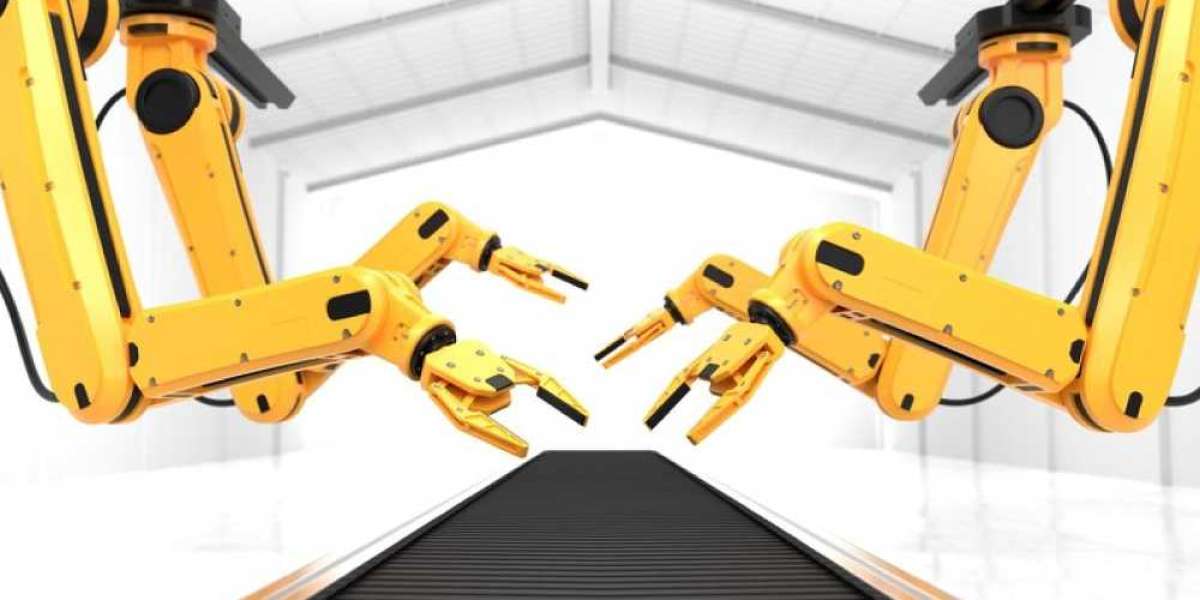The Cut Off Tools Market Share is distributed among several key players who dominate the industry. Major manufacturers are adopting strategic initiatives such as mergers, acquisitions, and partnerships to enhance their market presence. The competitive strategies include product differentiation and the introduction of innovative features to meet customer needs. As the demand for specialized cut-off tools rises, shifts in market share are expected among leading companies, reflecting their ability to adapt to changing market dynamics.
The cut-off tools market is witnessing significant growth globally due to increasing industrialization, rising manufacturing activities, and the demand for precision in metal cutting operations. Cut-off tools, commonly known as cutoff wheels or cutting discs, are essential in shaping, cutting, and finishing metal, stone, and other hard materials. These tools are widely utilized in sectors such as automotive, construction, metalworking, and aerospace. Technological advancements in tool materials, such as the use of high-performance abrasives, reinforced resins, and improved bonding agents, have enhanced efficiency and durability, offering longer tool life and reduced operational costs.
Market Dynamics
The market is driven by increasing adoption in automotive and aerospace industries, where precision cutting and minimal waste are critical. Additionally, the rise of small and medium-sized enterprises in developing regions has fueled demand for cost-effective cutting solutions. Innovation in tool materials, including diamond-coated, aluminum oxide, and ceramic-infused cutting wheels, allows users to tackle a wider range of applications with higher efficiency. The emergence of automated and CNC-operated cutting machines has further pushed the adoption of advanced cut-off tools, as these tools provide compatibility and performance in high-speed, precision-oriented operations.
The market also faces challenges, such as fluctuating raw material prices, safety concerns related to handling high-speed cutting wheels, and competition from alternative cutting technologies like laser and water jet cutting. Despite these hurdles, the need for durable and efficient cutting solutions ensures steady growth prospects.
Regional Insights
North America and Europe remain prominent markets due to established manufacturing bases and high demand for precision cutting tools. Asia-Pacific is expected to witness the highest growth, driven by industrial expansion in China, India, and Southeast Asia. Rapid urbanization, increasing construction activities, and growth in the automotive sector contribute significantly to regional demand. The Middle East and Africa present emerging opportunities, primarily due to industrial investments and infrastructure development.
Technological Advancements
Recent technological trends focus on improving tool performance, safety, and environmental sustainability. Enhanced bonding technologies ensure reduced tool breakage and improved stability during high-speed operations. Diamond-coated cut-off tools have become popular for cutting hard materials like ceramics, composites, and stones. Additionally, manufacturers are emphasizing environmentally friendly production processes, reducing waste and emissions associated with tool manufacturing.
Competitive Landscape
Key players in the cut-off tools market focus on product innovation, strategic partnerships, and regional expansion. Major companies include Saint-Gobain Abrasives, 3M, Bosch, Makita, and Hitachi. These players emphasize RD investments to develop durable, efficient, and multi-purpose cutting tools catering to a wide range of industrial applications. Strategic collaborations with manufacturers of CNC machines and automation technologies further enhance market presence and adoption.
Future Outlook
The cut-off tools market is poised for continued growth, with innovations in tool materials, compatibility with automation, and rising industrial activities. Increased investments in the automotive, aerospace, and construction sectors globally will further drive demand. Sustainability and safety will remain key focus areas, leading to development of safer and eco-friendly cutting tools that cater to evolving industrial standards.
FAQs
Q1: What materials can cut-off tools work with?
Cut-off tools can cut metals, composites, stone, ceramics, and various industrial materials depending on the tool type and coating.
Q2: Are cut-off tools compatible with automated machines?
Yes, modern cut-off tools are designed for use with CNC machines, automated cutting systems, and conventional handheld devices.
Q3: How can one ensure safety while using cut-off tools?
Using appropriate personal protective equipment (PPE), following manufacturer guidelines, and ensuring proper tool installation and maintenance enhances safety.
More Related Reports:








